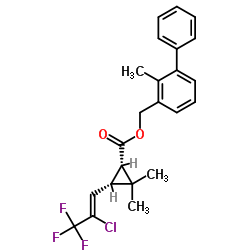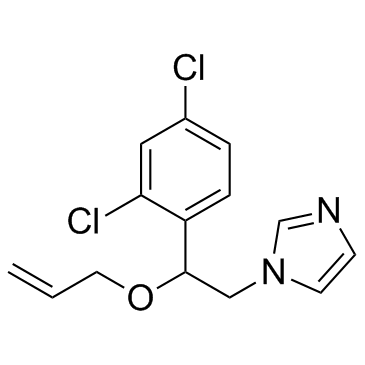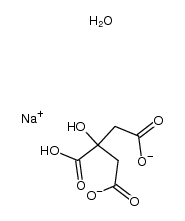| Structure | Name/CAS No. | Articles |
|---|---|---|
 |
bifenthrin
CAS:82657-04-3 |
|
 |
Imazalil Sulfate
CAS:58594-72-2 |
|
 |
Imazalil
CAS:35554-44-0 |
|
 |
disodium hydrogen citrate sesquihydrate
CAS:6132-05-4 |